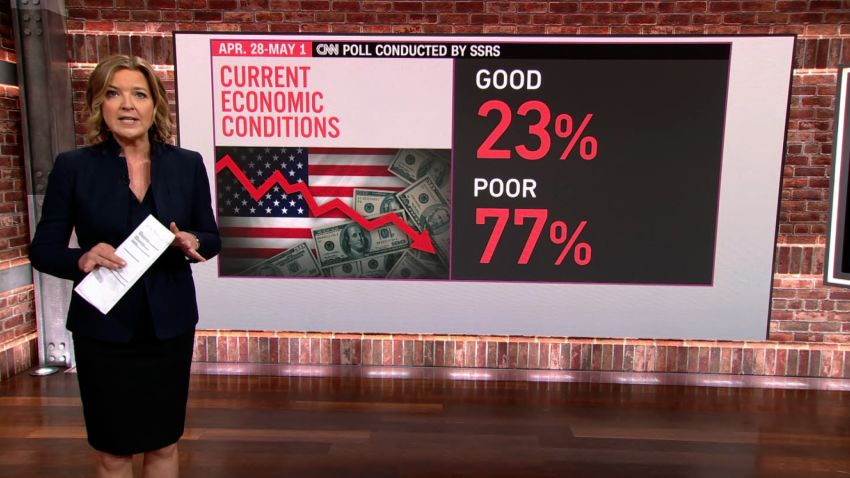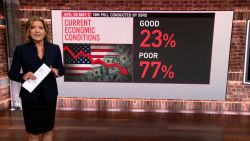US home prices continued to surge higher in March, as buyers raced to lock in homes before the average mortgage rate hit 5%.
Home prices rose 20.6% in March from the year before, an even higher rate than the 20% growth seen in February, according to the S&P CoreLogic Case-Shiller US National Home Price Index. It was the highest year-over-year price change in more than 35 years of data.
Sun Belt cities again saw the biggest price increases among the 20 US cities tracked by the index. But for the first time in nearly three years, the city with the most rapid growth in housing prices was not Phoenix.
Prices in Tampa, Florida, were up the most, rising 34.8% from the year before; Phoenix was up 32.4% from a year ago and Miami saw a 32% increase. Seventeen of the 20 cities reported higher price increases in the year ending March 2022 versus the year ending February 2022.
Prices were strongest in the South and Southeast, but every region continued to show big gains.
With mortgage rates rising and the Federal Reserve ratcheting up interest rates, the anticipated deceleration in the housing market did not arrive in March, said Craig J. Lazzara, managing director at S&P Dow Jones Indices.
“The macroeconomic environment may not support extraordinary home price growth for much longer,” said Lazzara. “Although one can safely predict that price gains will begin to decelerate, the timing of the deceleration is a more difficult call.”
Another steep rise in home prices in March indicates that buyers felt pressure to bid competitively on the few homes available for sale, said Danielle Hale, chief economist for Realtor.com.
“Home shoppers were motivated to lock in a mortgage rate before price increases, rising rates, or a combination of the two delivered a knockout punch to their aspirations,” Hale said.
A lot has happened since March, however. While mortgage rates surged nearly a whole percentage point in March, average rates for a 30-year, fixed-rate mortgage did not reach 5% until April. Since then, rates have risen to as high as 5.3%, but have retreated over the past few weeks, according to Freddie Mac. In addition, the Fed has raised its benchmark interest rate twice – including the largest rate hike since 2000 – and the double whammy of inflation and the war in Ukraine has taken a greater toll on the economy.
More recent housing data suggest the market has shifted since March.
“We’ve observed a real estate refresh that has more sellers listing homes, leading to greater availability of homes for sale compared to this time last year,” said Hale. “Meanwhile, mortgage rates have steadied, but remain near the highest levels in 13 years.”
But importantly, she said, recent sales data for both new homes and existing homes signal that buyers are increasingly unable or unwilling to buy a home under these conditions.
“As buyer confidence sags and weighs down demand, real estate markets will re-balance, eventually tilting away from the heavy advantage that recent home sellers have enjoyed,” said Hale. “This will initially mean fewer home sales, which should diminish the bidding wars and concessions that buyers make to sweeten offers.”






















